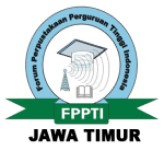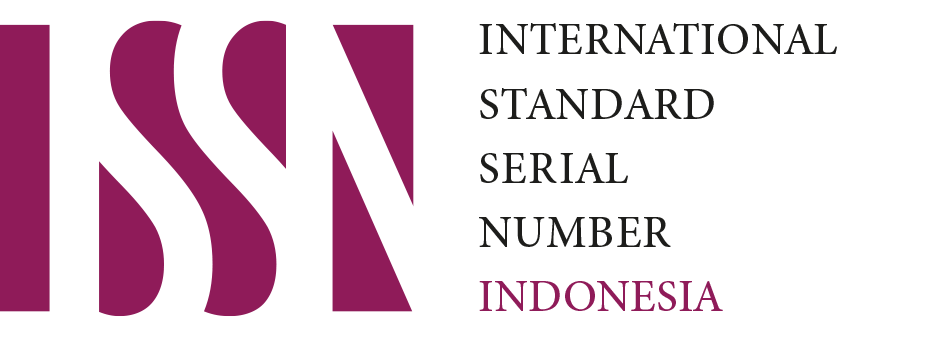State University's Institusional Repository as a Storage for Civitas Academia Intelectual Property
Downloads
Downloads
Alfa Network Babel Library. (2007). Guidelines for the creation of institutional repositories at universities and higher education organisations. Alfa Network Babel Library. Valparaiso: Columbus: Europe Aid Co-Operation Office. Retrieved from http://www.sisbi.uba.ar/institucional/proyectos/internacionales/Guidelines_IRenglish.pdf
Budapest Open Access Initiative. (2002). Read the Budapest Open Access Initiative. Retrieved from http://www.soros.org/openaccess/read.shtml
Crow, R. (2002). The case for institutional repositories: a SPARC position paper. Retrieved from http://www.arl.org/sparc/IR/ir.html
Hasan, N. (2012). Strategi membangun dan mengelola institutional repository pada lingkup perguruan tinggi. Tersedia pada http://www.fppti- jatim.or.id/public/ images/stories/uwm1012/hasan.pdfQZ
Indonesia. (2007). Undang-undang No. 43 Tahun 2007 Tentang Perpustakaan.
Kochtanek. T. R. & Matthews. J. R. (2002). Library information system : from library automation to distributed information access solution. Connecticut: Libraries Unlimited
Lynch, C. A. (2003). Institutional Repositories: Essential Infrastructure for Scholarship in the Digital Age. ARL, 226, 1–7. Retrieved from http://www.arl.org/resources/pubs/br/br226/br226ir.shtml
Suryani, E. & Vinarti, R.A. (2011). Simulasi perubahan peringkat webometric indonesia yang dipengaruhi kondisi keuangan institusi pendidikan (studi kasus: its). Tersedia pada http://www.its.ac.id/personal/files/pub/4801-erma-is-Camred%2001-III-1%20WM.pdf
Sutedjo, M. (2012). Strategi pengembangan repository perpustakaan ITS. Tersedia pada http://iirc.ipb.ac.id/jspui/bitstream/123456789/43424/3/Materi_Mansur_Sutedjo_27feb2012.pdf
Swan, A. (2006). Open access institutional repository; a briefing paper. Retrieved from http://www.openscholarship.org/jcms/c_5859/open-access-institutional-repositories
Record and Library Journal by Unair is licensed under a Creative Commons Attribution-ShareAlike 4.0 International License.
1. The journal allows the author to hold the copyright of the article without restrictions.
2. The journal allows the author(s) to retain publishing rights without restrictions
3. The legal formal aspect of journal publication accessibility refers to Creative Commons Attribution Share-Alike (CC BY-SA).
4. The Creative Commons Attribution Share-Alike (CC BY-SA) license allows re-distribution and re-use of a licensed work on the conditions that the creator is appropriately credited and that any derivative work is made available under "the same, similar or a compatible license”. Other than the conditions mentioned above, the editorial board is not responsible for copyright violation.


 57201398420
57201398420

























